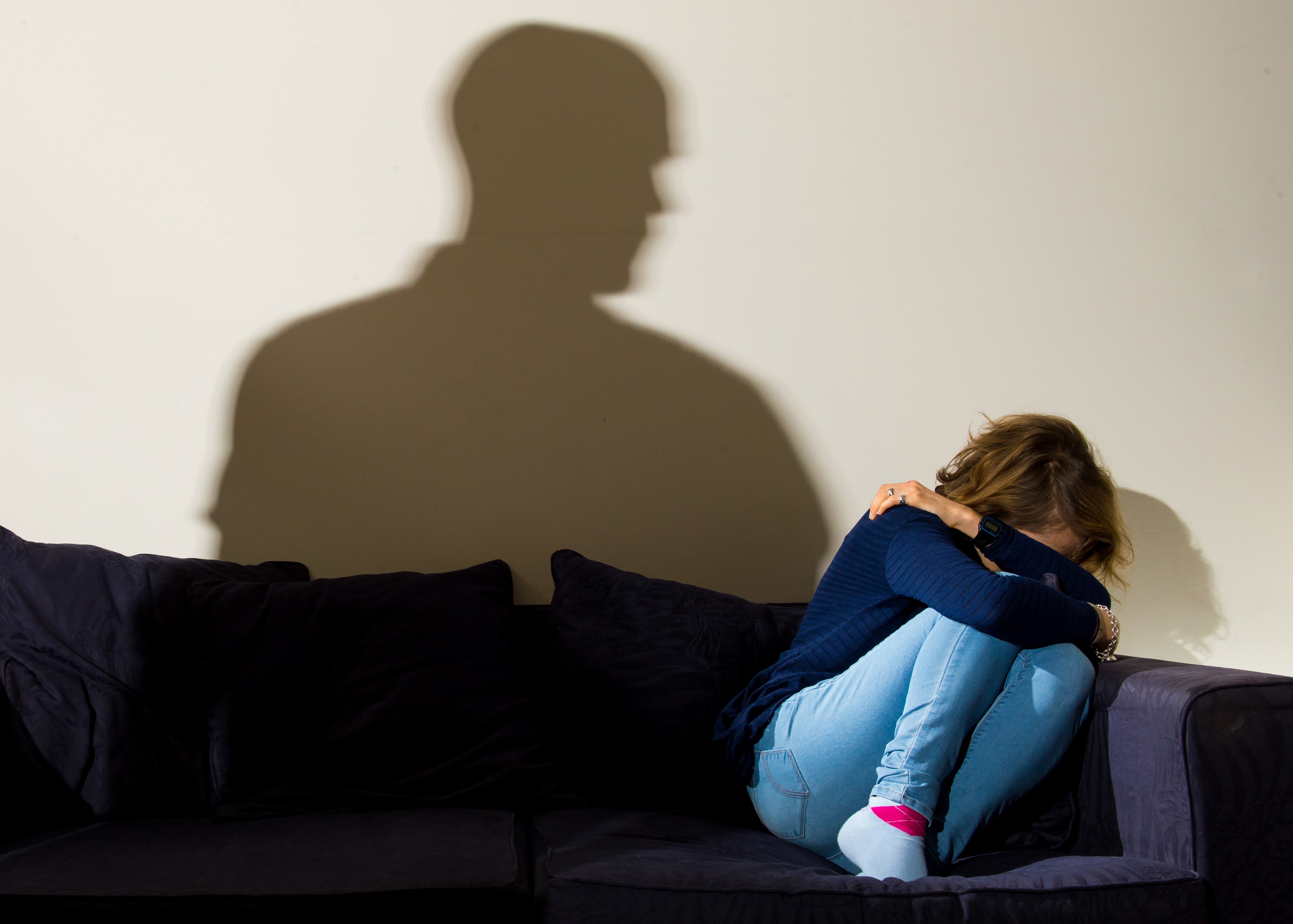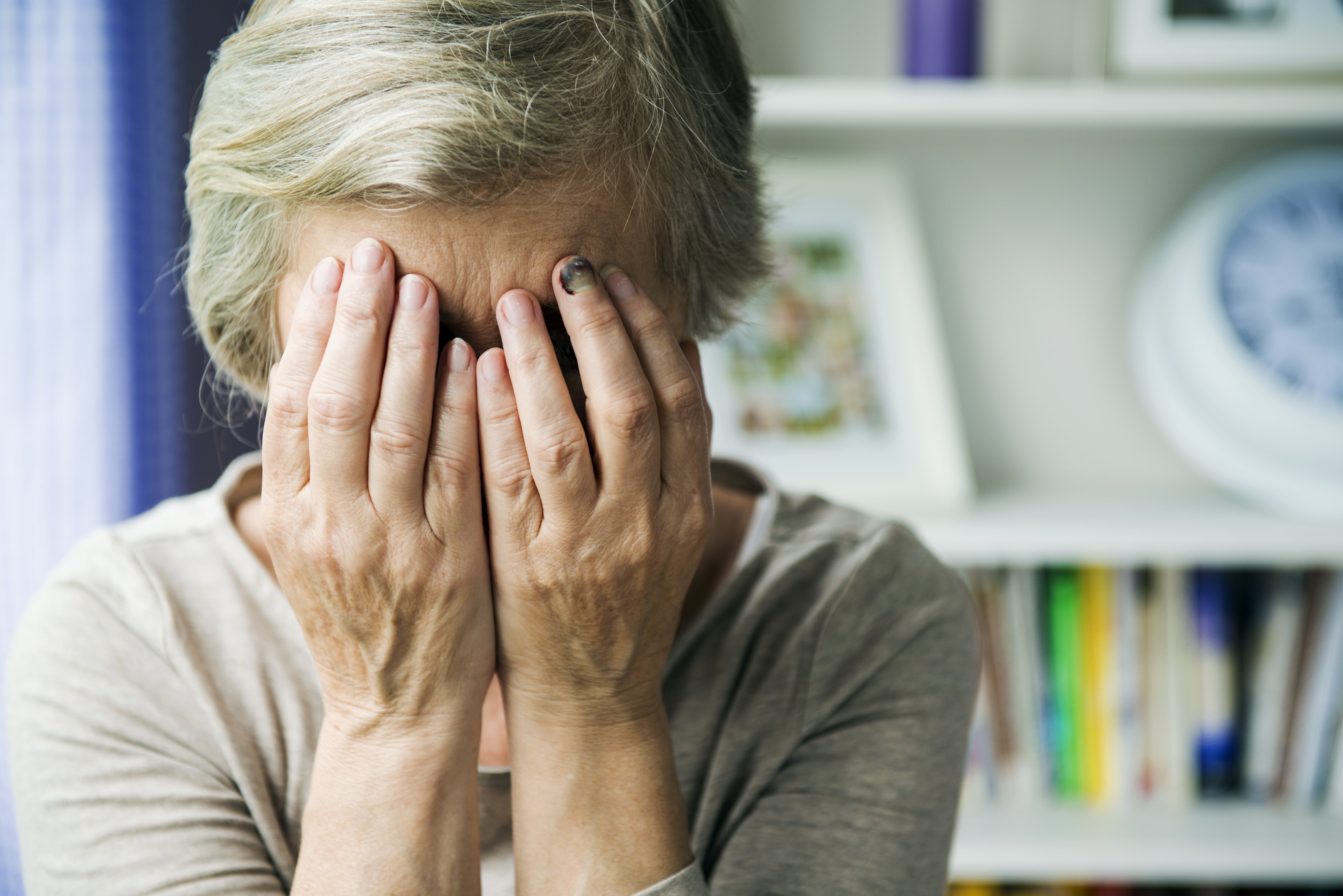Shocking figures show over 170 women killed by their sons in last 15 years
Nearly three quarters of women were killed by men in their own homes and more than 170 were mothers killed by their sons, a new report says

Almost one in ten women killed by a man in UK in the last 15 years was killed by their son, a report has revealed.
Data analysing the deaths of 2,000 women and girls over the age of 14 since 2009, revealed that 1,422 women were killed by men in their own homes and the majority by a partner or family member.
The report, published by Femicide Census, which has been seen by The Independent, details the names and demographic details of women killed by men in the UK.
The harrowing statistics have led to calls for the government to act on matricide and offer further support to victims.
Two thirds of women (1,213) died at the hands of a current or former partner, 173 were killed by their sons and 113 were killed by other family members, the report says.

More than 295 women were killed by men they knew but were not family members or current partners.
One in ten (199 women) died at the hands of men who they had no relationship with — with 180 of those women killed by a stranger.
In 58 per cent of cases where sons killed their mother, mental ill health was listed as a factor. However, despite this there is no specific prevention policy for mothers caring for mentally ill sons.
The campaign group said that this is an example where women are left to pay the price for state failures.
Violence against mothers often goes unrecognised, Karen Ingala Smith, a co-founder of the campaign group warned.
“What we see in these figures is the tip of the iceberg. These are the women who have been killed, but there will be many more hidden victims out there living their lives in absolute misery,” she told the Guardian.
The statistics also reveal that a knife or other sharp instrument was used in 49 per cent of killings. Strangulation or asphyxiation was used in 27 per cent of cases and a blunt instrument was used in 17 per cent of killings. In 16 per cent of cases a man used his body as a weapon.
In more than half of cases (1,183 cases) women were victims of “over killing” — defined as the excessive use of violence beyond necessary to cause death.
The majority of women (73 per cent) women who were killed by men were aged between 20 and 60, a further 5 per cent were teenagers and 22 per cent of women were aged 60 and over.
The first report was published in 2015 and looked at women killed by men in the UK between 2009 and 2014. Since, each year, the Femicide Census has sent Freedom of Information (FOI) requests to the UK’s police forces asking for the names and details of women killed by men in their area.
Data also reveals the sentences given to men found guilty of killing women and revealed 60 per cent were found guilty of murder, while 22 per cent were found guilty of manslaughter.
The authors of the report suggest that being convicted of manslaughter is in effect “getting away with murder”. It reveals that out of the 229 men convicted of manslaughter before 2020, only 18 remain in custody.
The report authors said: “It reduces criminal liability on the basis of a mental disorder — which in some cases was only identified after the event, or because the perpetrator ‘lost control’. It is a crime which attracts a lesser time in prison.”
In many cases (76 per cent) sons convicted of manslaughter were sent to a mental health facility, but that was only the case for 42 per cent of partners and former partners. The authors suggest that the sons were convicted of manslaughter by “reason of diminished responsibility”.
It comes after the government pledged to reduce violence against women and girls by half in the next decade.
The strategy was set up in the wake of the killings of Sarah Everard and Sabina Nessa, when Labour came into power last summer. But critics have said that despite spending millions, there is still an “epidemic” of violence.
The authors of the report have called for the government to take specific action to address and raise awareness of matricide and the risk of sons to their mothers.
This includes a routine risk assessment for mothers in mental health and problematic substance use services where male service users live with their mother.
Jess Phillips, the violence against women and girls minister told the Independent: “This report demonstrates the appalling scale of femicide and rightly highlights that we must go further to end men’s fatal violence. One dead woman is one woman too many — but here we have 2,000.
“This is a fight that demands the very best from all of us and we must rise to the occasion. We owe this to every woman named in this report and every woman who has died by suicide or in unexplained circumstances linked to domestic abuse.
“We will continue to remember them and take the action needed to tackle this scourge of abuse, as part of our mission to halve violence against women and girls in a decade through every tool at our disposal.”
Join our commenting forum
Join thought-provoking conversations, follow other Independent readers and see their replies
Comments